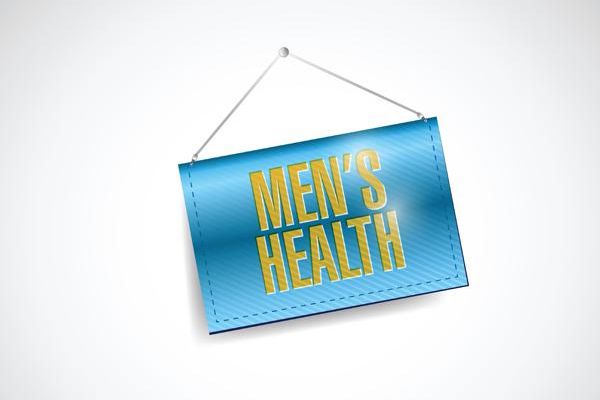Testicular cancer can occur in one or both testicles and usually strikes young men. It is not a common cancer; about 8,250 new cases of testicular cancer will be diagnosed in the United States this year. It also is one of the most treatable and curable forms of cancer. The lifetime risk of dying from this cancer is one in 5,000.
One of the main risk factors for testicular cancer is a problem called cryptorchidism, or undescended testicle. Other risk factors include:
- Family history of testicular cancer
- Certain types of moles, found on the back, chest, belly and face
- HIV infection, particularly men who have AIDS
- Carcinoma in situ (CIS), a condition in which germ cells grow into a tumor but have not yet invaded normal tissues
- Cancer of the other testicle
- Being a Caucasian American man
- Having a tall, slim body build.
There is no way to prevent most cases of this cancer, but it a good idea to correct cryptorchidism in boys. If you have risk factors, you should be especially watchful and check your testicles regularly.
Most testicular cancer can be found early. In nine out of 10 cases, a man with testicular cancer will have a lump on his testicle. It's often painless but can be uncomfortable. The cancer also can cause feelings of heaviness or aching in the belly or scrotum.
Other, less common symptoms can include:
- Breast growth or tender or swollen breasts
- Loss of sex drive
- Growth of hair on face and body before puberty
Even if the cancer has spread to other organs, there are few symptoms. Men with later-stage testicular cancer may experience lower back pain. If the cancer has spread to the lungs, symptoms can include shortness of breath, chest pain, coughing and spitting blood.
Testing for Testicular Cancer
The American Cancer Society recommends a testicular exam as part of a routine cancer-related checkup, and most doctors agree that a man's testicles should be examined as part of his general physical exam.
Self-exams of the testicles have not been studied enough to show that the practice lowers the death rate from cancer. Therefore, medical opinion is divided on recommending regular self-exams for men without testicular cancer risk factors.
Some doctors may advise their patients to do monthly self-exams. To do a monthly self-exam, check for swelling on the scrotal skin and roll each testicle gently between your thumbs and fingers. If you feel any swelling, tenderness, lumps or other abnormalities, see a urologist.
Your health care provider also may recommend an ultrasound, a test that uses sound waves to make images of your internal organs, or blood tests that may reveal certain proteins produced by cancer. If testicular cancer is found, you may need additional imaging tests such as x-rays or CT, MRI or PET scans.





